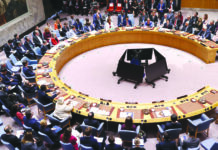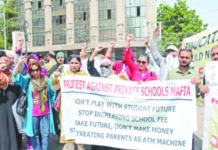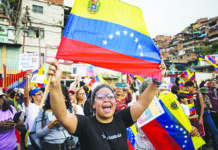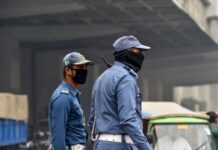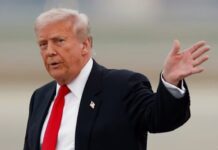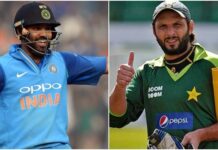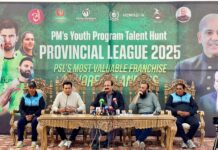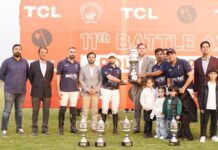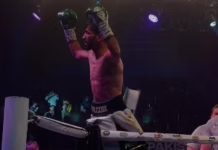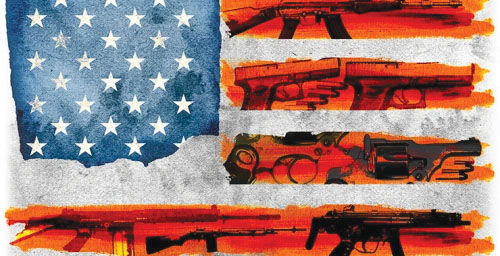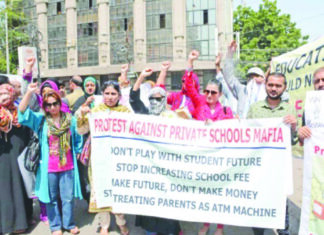Why mass shootings are built in culturally
by Sufian Siddique
A gunman killed three students and critically injured five others on at Michigan State University’s main campus, before he was found dead hours later, apparently from a self-inflicted gunshot. Investigators had no information about the motive and the university was not aware of any threats made to the campus before the bloodshed. Then there were the two Iowa teens who shot dead their Spanish teacher in a grade dispute. Most reecently, a shooer outside a Philadelphia kindergarten shot a other and four pupils.
Amid an unrelenting surge of gun massacres, many have wondered why the USA, the world’s leading country in mass shootings over the last century, is more prone to mass shootings than any other. Gun violence, though, is prevalent in many parts of the world, for instance in most parts of Latin America. But in the USA, no form of violence is seen as more uniquely American than public mass shootings by “lone-wolf” gunmen. According to Gun Violence Archive, 39 mass shootings have already taken place across the country in just the first three weeks of 2023. Last year the country witnessed around 647 cases of mass shootings with the consequence of more than 44,000 death tolls due to gun violence overall.
Like its political establishment, American public discourse has long firmly been divided over what causes this epidemic. The critics of this national sickness focus their fire on the second amendment of the US constitution and the nefarious political influence of the National Rifles Association (NRA). But here it comes down to the question: will a mere constitutional amendment and the neutralization of special interest groups like the NRA lead to the solution to the endemic prevalence of lone-wolf mass shootings? The answer is: not likely, as the problem is deeply rooted in the USA’s culture itself: the culture of rugged individualism built on its deep-seated historical myth.
In the USA, ever-increasing personal and economic struggles combined with the inherent state structural tension and identity crisis continue to produce aggrieved social outcasts. On top of this, the ever-exacerbating political climate plagued by partisan divide, racial toxicity, and xenophobic bigotry has also been influencing socially and politically aggrieved outcasts, due to the absence of alternative social redressing mechanisms, to seek recourse by resorting to mass violence. Here, rugged individualism works in creating the very roots of virile fantasy to violence, a toxic political milieu in fueling grievances, and finally easy access to guns in triggering off those grievances in the form of mass shooting
According to the National Bureau of Economic Research, rugged individualism is defined as “the combination of individualism and anti-statism … a prominent feature of American culture with deep roots in the country’s history of frontier settlement.” While individualism, as noted, may be conducive to innovation and resource mobilization, it can also undermine collective action, with potentially adverse social consequences. During the early days of the covid-19 pandemic, it was seen how the USA’s ruggedly individualistic mindset, fomented by its frontier culture, hampered the state responses to the pandemic, with many Americans having defied mandatory mask-wearing and vaccination programmes.
Likewise, the gun is a great emblem and lethal offspring of American individualism. The nation has long valorized masculine heroes– violent frontiersmen or Hollywoodized American Archetype “White Loners”– who impose their will on the community’s enemies with violence. Added to that deep-seated historical ideal and cultural sickness are the deteriorating trend in kinship traditions and ever-declining “rational mobility”– a condition that helps establish bonds of support beyond immediate families on the basis of socially engaging emotions such as empathy warmth, trust, affection, and so on.
Self-serving politicians and gun advocates often ridiculously propose giving more arms into the hands of “the good guys” to thwart “the bad guys with guns.” The Americans’ dire wishes for gun possession, however, stem less from their sense of personal or communal security rather more from an egocentric individualistic cultural reasoning that lacks the prioritization of collective communal safety. The unshakeable emotional and individualistic values Americans attach to guns frequently override concerns about the nation’s collective health and safety.
The exercise of unfettered individualism is also seen in many parts of the Western world, like in Europe; but nowhere in the world is this so infested by historical myth and pathological strains as in the USA– what the prominent criminologist Adam Lankford called “the uniquely American quality.” And where the USA is stunningly divergent from the rest of the world is the confluence of individualistic culture and the easiest access to guns. In no other part of the world gun access and rugged individualistic culture interact in the same way.
Although many European countries share the same cultural forces that produce aggrieved social outcasts, those countries erect formidable hurdles in the way of purchasing guns legally that are quite unheard of in the USA: longer waiting periods, higher insurance costs, full-blown psychiatric evaluations, gun safety courses, among others. As a result, the country has more weapons than people: one in three adults possesses at least one firearm, and almost one in two adults resides in a home with a firearm.
But the prevalence of guns alone does not account for US exceptionalism in mass shootings. For example, like the USA, much of Latin America is saturated with firearms but, despite high rates of gun violence, mass shootings there by a “lone wolf” gunman are exceedingly rare. And experts pointed to the cultural difference as a powerful factor playing out in creating a huge disparity in the number of mass shooting cases between the two regions.
In the USA, ever-increasing personal and economic struggles combined with the inherent state structural tension and identity crisis continue to produce aggrieved social outcasts. On top of this, the ever-exacerbating political climate plagued by partisan divide, racial toxicity, and xenophobic bigotry has also been influencing socially and politically aggrieved outcasts, due to the absence of alternative social redressing mechanisms, to seek recourse by resorting to mass violence. Here, rugged individualism works in creating the very roots of virile fantasy to violence, a toxic political milieu in fueling grievances, and finally easy access to guns in triggering off those grievances in the form of mass shooting.

